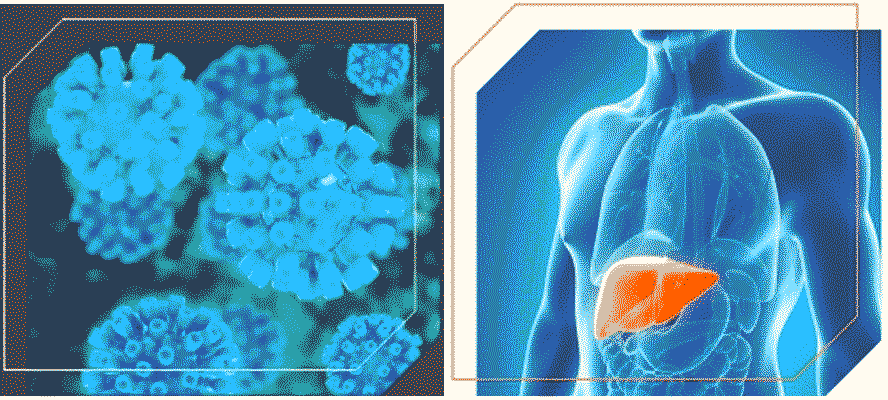Hepatitis, a general term used to describe Iinflammation of the liver. It is characterised by the presence of inflammatory cells in the liver tissue. The word hepatitis is derived from the Ancient Greek word ‘hepar’ means ‘liver’ and ‘itis’ means ‘inflammation’. Hepatitis can be caused due to various factors such as excessive alcohol consumption, autoimmune diseases, accumulation of fat in the liver causing fatty liver disease and microorganisms, including viruses out of which viral hepatitis is the leading cause of serious liver-related complications. There are 5 different types of viruses that cause hepatitis; hepatitis A, B, C, D and E virus among which, the first 3 are more common causes of viral hepatitis.








